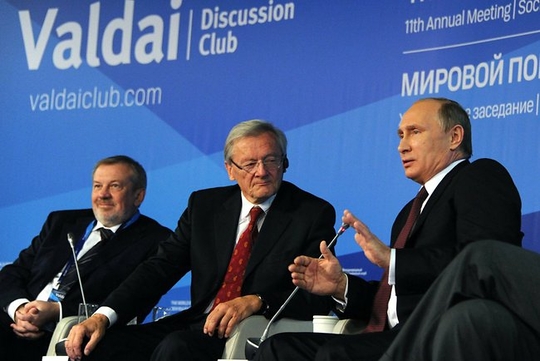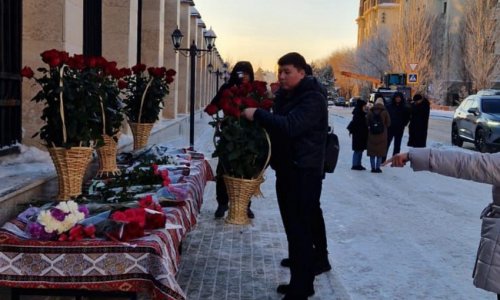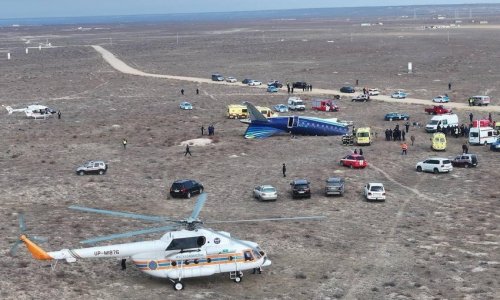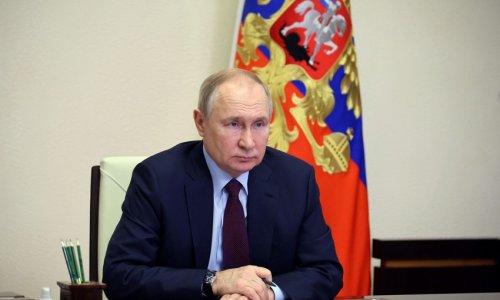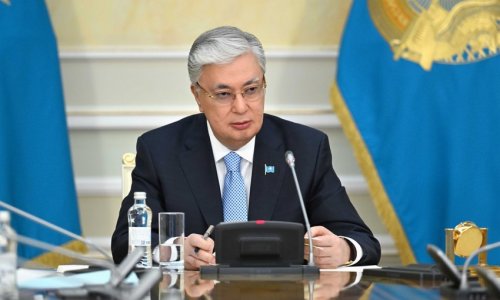The report, The Myth of Post-Soviet Muslim Radicalization in the Central Asian Republics, was published by British think tank Chatham House and written by John Heathershaw and David Montgomery. As it notes, rhetoric of Islamic radicalism is not just words, but "may provide the basis for common threat perceptions, collaboration in counter-radicalization initiatives and international security assistance in the region."
What distinguishes this report from the many other treatments of this issue (on this blog, for example) is that it addresses not just the clearly self-serving exaggerated threats of regional governments, but also more respectable discourse on Central Asian Islam. It takes as its exemplary single case study the reports of the International Crisis Group. "ICG, as a well-resourced, long-standing and respected organization is far less likely to offer misrepresentative analysis than a weaker and less recognized institution. If the myth is found in ICG writing, it follows that it is even more likely to be found elsewhere," the authors write.
The authors identify six "myths" around the question of Central Asian political Islam: "There is a post-Soviet Islamic revival; to Islamicize is to radicalize; authoritarianism and poverty cause radicalization; underground Muslim groups are radical; radical Muslim groups are globally networked; and political Islam opposes the secular state."
On the notion that an increasing presence of Islam in a country is related to its potential radicalization, the authors note:
It may actually be the case that secularizing societies are more likely to experience the growth of radical Islam at their margins (as occurs in the secularized societies of Europe), yet this relationship is not considered in such analysis...
We find no basis to link increased observance of religious ritual to critical attitudes toward the state. Only about six per cent of respondents to our survey reported an increase in their prayer frequency during a political crisis. Of those who claim religion influences their behaviour ‘a lot’, 30 per cent either never pray or pray only on special occasions or during times of crises. There is no clear evidence that increased observance of Islam is consistent with increased engagement in political opposition.
On the idea that authoritarianism leads to radicalization:
[T]here is little or no evidence to support this claim. There are no reliable data on the magnitude of support across the region for banned transnational groups – violent or nonviolent – that hold extremist political views. However, such groups clearly have some support in Kazakhstan (by far the wealthiest Central Asian republic) and in Kyrgyzstan (one of the poorest). These are also the two ‘most democratic’ according to respected indices. Yet Turkmenistan, with the most authoritarian government in the region, has not seen acts of violent extremism. Uzbekistan is also highly authoritarian but has successfully suppressed and/or ejected most of the groups that have emerged on its territory.
And that Central Asian Islamists are part of an international network:
While Central Asian Muslim fighters are found in increasing numbers with IS, the region remains an infertile ground for international ideological and political linkages to emerge. If Muslims in the region were aware of the global currents of political Islam they would be familiar with Said Qutb, whose writings influenced Osama bin Laden, Ayman Zawihiri, Anwar al-Awlaki and al-Qaeda. Yet the level of awareness of such theologians is tiny in Central Asia (with just 2 per cent recognizing Qutb’s name in our survey). In reality, the international Islamic scholars with whom most Kyrgyz and Uzbeks are familiar are Muhammad al-Bukhari and Ibn Sina (25 per cent and 42 per cent, respectively), who are known not for their role in the development of Islam but for their place in regional history.
The report concludes with some sobering statistics that suggest that, for all the talk, Islamic radicalism is actually less of an issue in Central Asia than it is in most other parts of the world:
From 2001-2013, there were three attacks that have apparently been claimed by such groups, with a total of 11 deaths. In that period just 0.1 per cent of global terrorist attacks took place in Central Asia – a region with around one per cent of the world’s population. Of the 51 organizations currently on the US State Department’s Designated Foreign Terrorist Organizations list, only two have any kind of link to the post-Soviet Central Asian republics. Even the links of these two – the IMU and its splinter group, the Islamic Jihad Union (IJU) – are, at best, dormant in the region as they have no record of even failed attacks north of the Amu Darya since 2009.
(eurasianet.org)
ANN.Az
Follow us !

